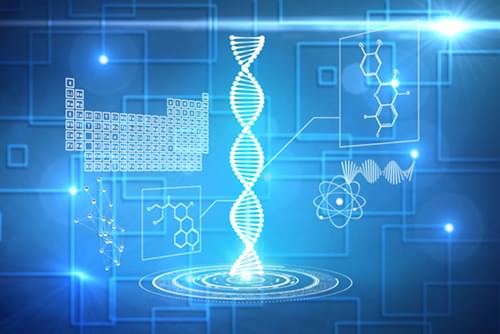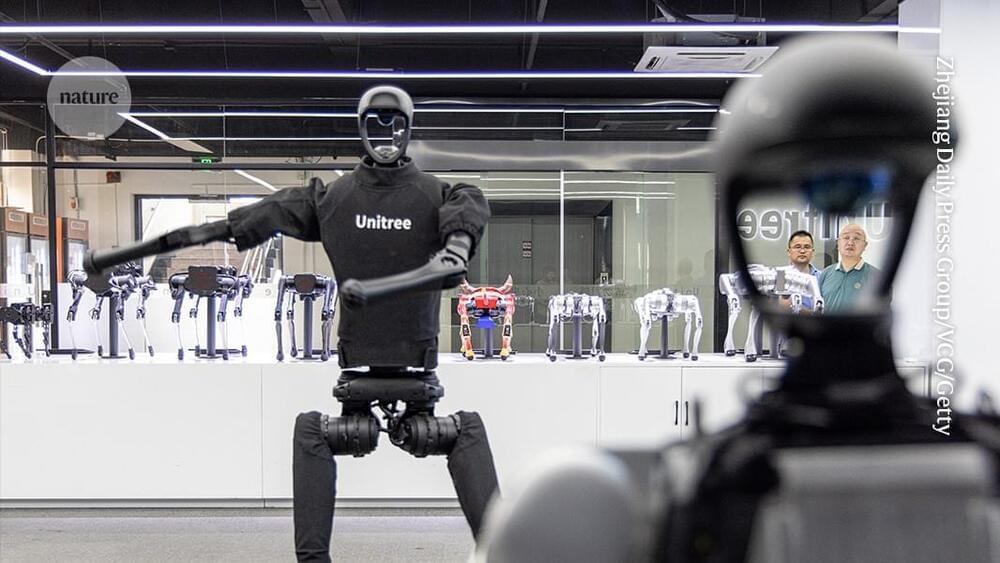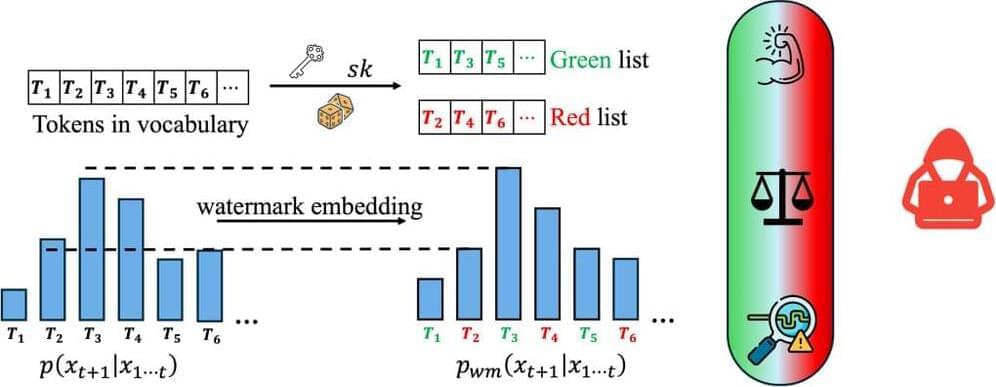Altman predicts that with AI in the future, “We will be able to do things that would have seemed like magic to our grandparents.”


AIs have a big problem with truth and correctness – and human thinking appears to be a big part of that problem. A new generation of AI is now starting to take a much more experimental approach that could catapult machine learning way past humans.
Remember Deepmind’s AlphaGo? It represented a fundamental breakthrough in AI development, because it was one of the first game-playing AIs that took no human instruction and read no rules.
Instead, it used a technique called self-play reinforcement learning to build up its own understanding of the game. Pure trial and error across millions, even billions of virtual games, starting out more or less randomly pulling whatever levers were available, and attempting to learn from the results.

Koo and his team tested CREME on another AI-powered DNN genome analysis tool called Enformer. They wanted to know how Enformer’s algorithm makes predictions about the genome. Koo says questions like that are central to his work.
“We have these big, powerful models,” Koo said. “They’re quite compelling at taking DNA sequences and predicting gene expression. But we don’t really have any good ways of trying to understand what these models are learning. Presumably, they’re making accurate predictions because they’ve learned a lot of the rules about gene regulation, but we don’t actually know what their predictions are based off of.”
With CREME, Koo’s team uncovered a series of genetic rules that Enformer learned while analyzing the genome. That insight may one day prove invaluable for drug discovery. The investigators stated, “CREME provides a powerful toolkit for translating the predictions of genomic DNNs into mechanistic insights of gene regulation … Applying CREME to Enformer, a state-of-the-art DNN, we identify cis-regulatory elements that enhance or silence gene expression and characterize their complex interactions.” Koo added, “Understanding the rules of gene regulation gives you more options for tuning gene expression levels in precise and predictable ways.”
The impacts of the Singularity and AI in the next 10 years.



Artificial intelligence start-ups are making revenues more quickly than previous waves of software companies, according to new data that suggests that the transformative technology is also generating strong businesses at an unprecedented rate.
According to an analysis of payments information from fintech group Stripe, top AI groups are reaching millions of dollars in sales within a year — far faster in a start-up’s life cycle than comparable non-AI tech groups.
The findings come as investors raise questions about the economic benefits of generative AI and likely returns on Big Tech’s projected trillion-dollar investment in computing infrastructure to support the technology over the coming year.
EPFL researchers developed Handcrawler, a robot hand that grasps and crawls.
EPFL’s ‘Handcrawler’ is a robotic hand that detaches and crawls like a spider to retrieve objects, then seamlessly reattaches.


The researchers examine the effectiveness of watermarking in large language models (LLMs) and find that current methods, while promising, have serious weaknesses.
Advances in generative models have made it possible for AI-generated text, code, and images to mirror human-generated content in many applications. Watermarking, a technique that embeds information in the output of a model to verify its source, aims to mitigate the misuse of such AI-generated content. Current state-of-the-art watermarking schemes embed watermarks by slightly perturbing probabilities of the LLM’s output tokens, which can be detected via statistical testing during verification.
Unfortunately, our work shows that common design choices in LLM watermarking schemes make the resulting systems surprisingly susceptible to watermark removal or spoofing attacks—leading to fundamental trade-offs in robustness, utility, and usability. To navigate these trade-offs, we rigorously study a set of simple yet effective attacks on common watermarking systems and propose guidelines and defenses for LLM watermarking in practice.
Similar to image watermarks, LLM watermarking embeds invisible secret patterns into the text. Here, we briefly introduce LLMs and LLM watermarks. We use \(x\) to denote a sequence of tokens, \(x_i \in \mathcal{V}\) represents the \(i\)-th token in the sequence, and \(\mathcal{V}\) is the vocabulary. \(M_{\text{orig}}\) denotes the original model without a watermark, \(M_{\text{wm}}\) is the watermarked model, and \(sk \in \mathcal{S}\) is the watermark secret key sampled from \(\mathcal{S}\).